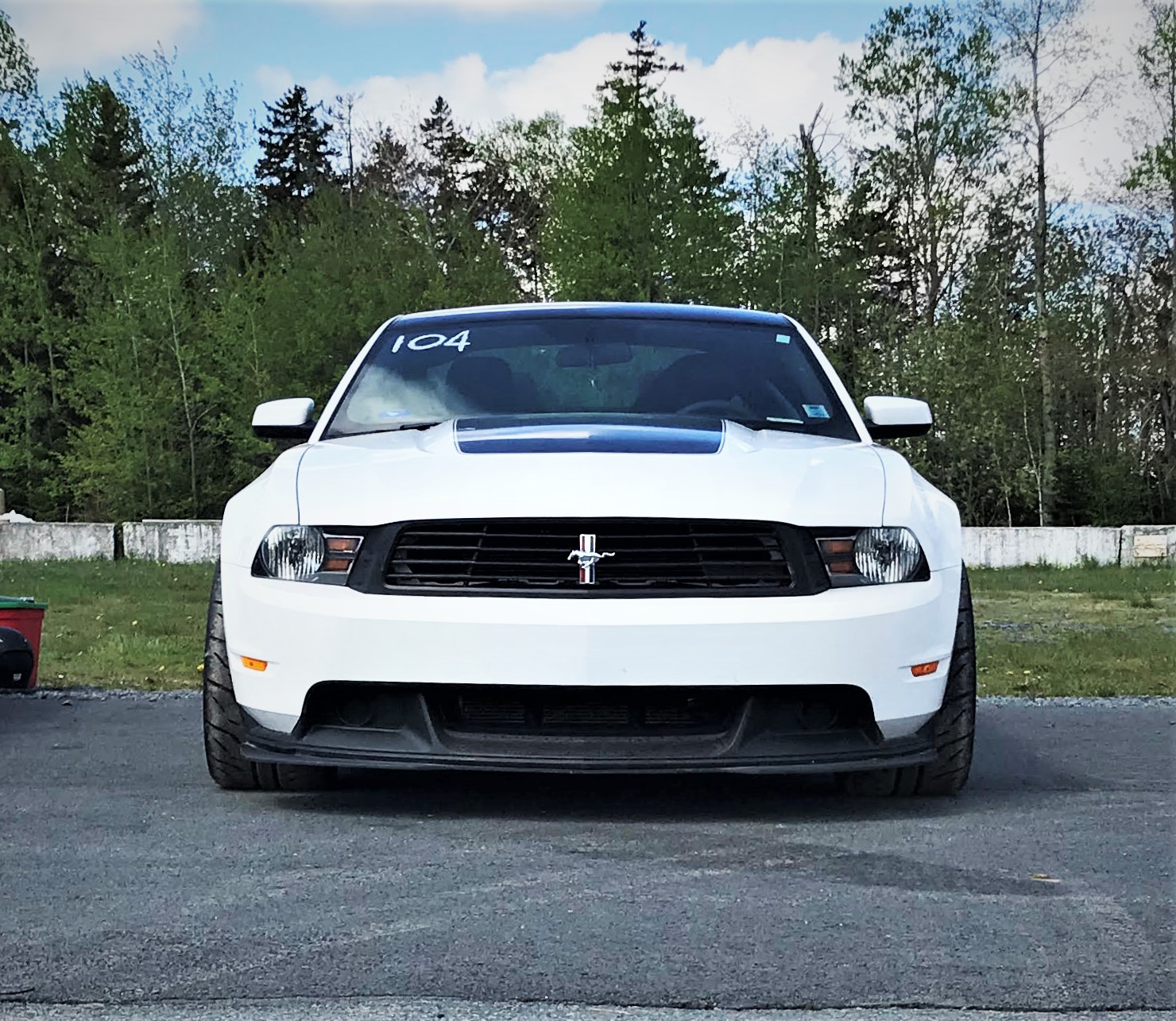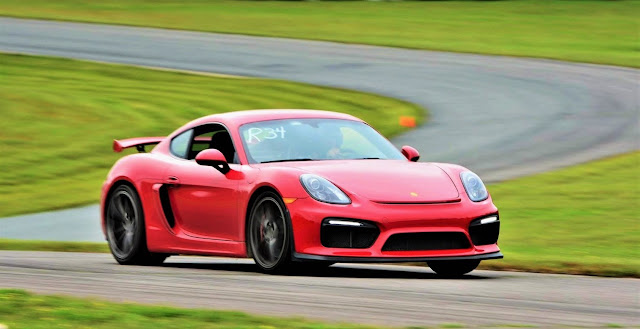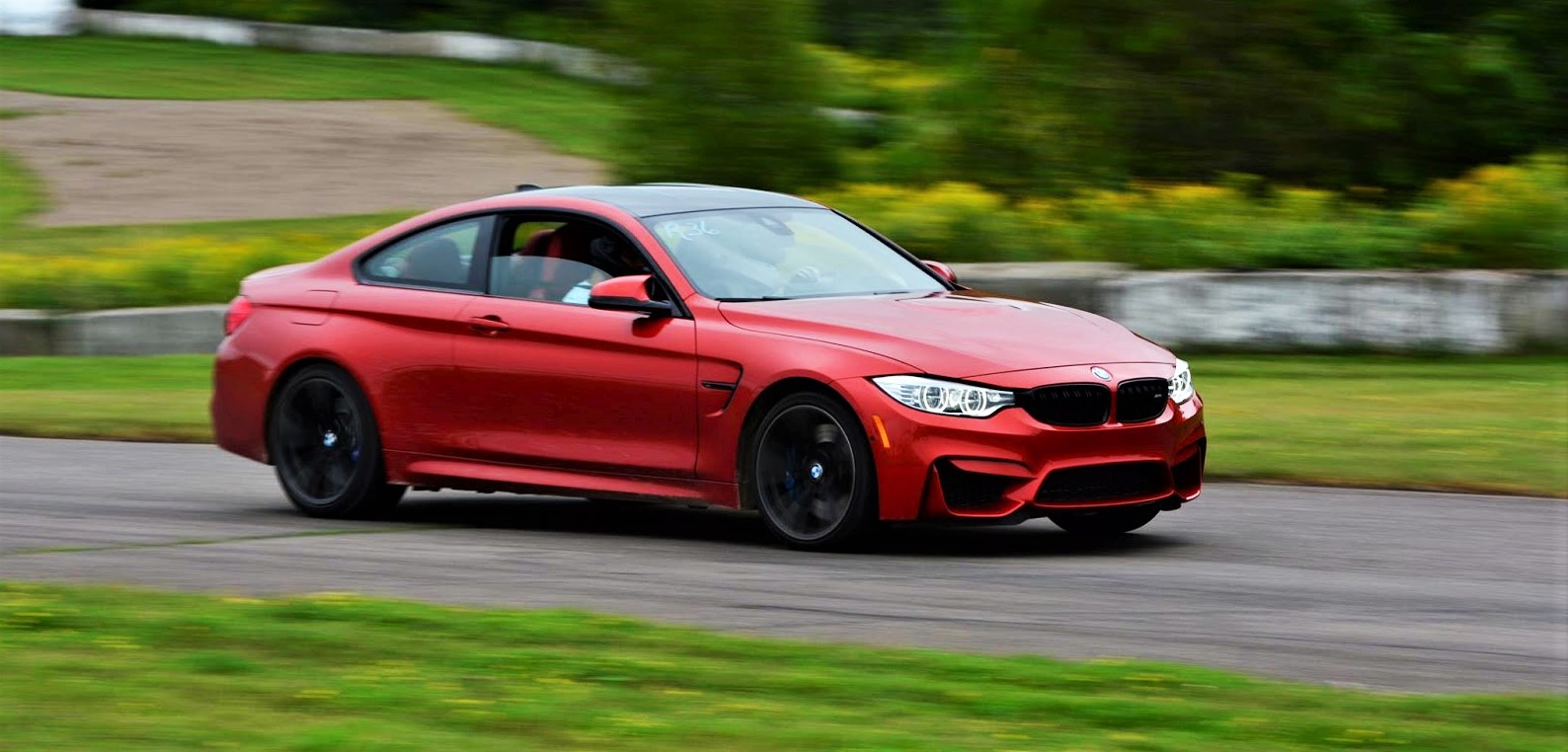Over 1,000 hp V10 engine, in a RWD car with a six speed manual. This car also happens to be a Viper, one of the most charismatic cars on the road. This is the work of RSI Racing Solutions through their RSI Twin Turbo Race Systems kit. Starting from $89,950 on top of the price of a Viper, the kit brings Precision 72 mm turbos (76 mm are optional) with custom associated plumbing, cooling, intake and exhaust. The kit also brings built forged block and internals with a 528 c.i. (8.7 litre) stroker kit. The heads and valvetrain, fuel system and clutch are also upgraded to handle the newfound horsepower. The transmission, clutch, differential and axles can also be built to handle the added grunt. If that's more than you'd like, you can forego the built block and heads and go with smaller, 62 mm turbos along with their plumbing and cooling and upgraded fuelling which starts at $44,950. This kit, called RSI Twin Turbo Systems is good for over 850 hp at the wheels. Awesome. Check out the video to see a Viper TA with the big, Race Systems kit, run on pump gas.
Someone wasn't happy that Car and Driver posted this, though. He commented on the post and said:
"This is a commercial and NOT car news. And a 1000+ HP from a large turbocharged V10 is certainly not impressive when countless modified compact cars deliver similar power from small engines. This demonstration is embarrassing, with a car running like s**t."
The vast majority of car news come from press releases by manufacturers or aftermarket parts producers. I don't know what makes this less worthy. What makes it news is the fact that it is new information, not that it is produced for the purpose of generating interest in a product.
The running like crap part really gets me. Someone commented on the car shooting flames and sounded like it is misfiring so I'm guessing this is what this guy is going by as well. The first shot showing backfires is clearly revving while standing still, indoors, and most likely was temporarily tuned to shoot flames on purpose for the video. The other shot that sounds like backfires is while launching and bouncing off the limiter. Other than that, the car sounds good and at approximately 0:50 in the video, the car is pushed, you can hear it clearly from inside and it sounds great. Although we can't see a/f ratios, the dyno graph seems to be nice and smooth as well.
The running like crap part really gets me. Someone commented on the car shooting flames and sounded like it is misfiring so I'm guessing this is what this guy is going by as well. The first shot showing backfires is clearly revving while standing still, indoors, and most likely was temporarily tuned to shoot flames on purpose for the video. The other shot that sounds like backfires is while launching and bouncing off the limiter. Other than that, the car sounds good and at approximately 0:50 in the video, the car is pushed, you can hear it clearly from inside and it sounds great. Although we can't see a/f ratios, the dyno graph seems to be nice and smooth as well.
The worst part, though, is the argument about getting only 1,000 hp from a turbo 8.4 litre V10 and how it's unimpressive and unworthy of reporting. He then goes on and implies that a 1,200 hp Civic should be more worthy of reporting by saying this should be posted in a "Euro/Asian tuning magazine with the title:" American performance company gets 1000HP from a turbocharged 8.4 V10", next to an article about a few college students who got 1200HP from their modded Civic." I don't think I've ever seen or read about a Civic putting 1,200 hp to the wheels, and certainly not by a few college students. Not to mention, a Civic with anywhere near that much hp would be far less drivable, require much more maintenance and has a power delivery that's as linear as a light switch when compared to this. That's all beside the point, though. The guy completely misses the point of the video which was clearly made to excite not impress.
Yes, a Civic with anywhere near 1,000 hp is impressive but that's not the point of the video. The same kit promoted in the video is capable of making over 1,500 hp to the wheels on E85 or race gas which is nearly 1,800 hp at the crank based on 15% drivetrain losses. They didn't post that dyno, though. They posted the one about the performance when running on 93 octane pump gas. The "accessible" performance. Not every one wants 1,800 hp. Not everyone wants to worry about E85 or have to find race gas. The video shows 1,043 hp to the wheels on the dyno, which is 1,227 hp at the crank, nearly twice the stock hp. Forget about being impressive or reaching the potential of the engine, that is certainly something to be excited about. I can certainly understand that the Viper is not everyone's taste but if you can't get excited about a 1,200+ hp twin-turbo Viper, with a V10, a six speed manual and RWD, you are not a gearhead in my book.













Comments
Post a Comment